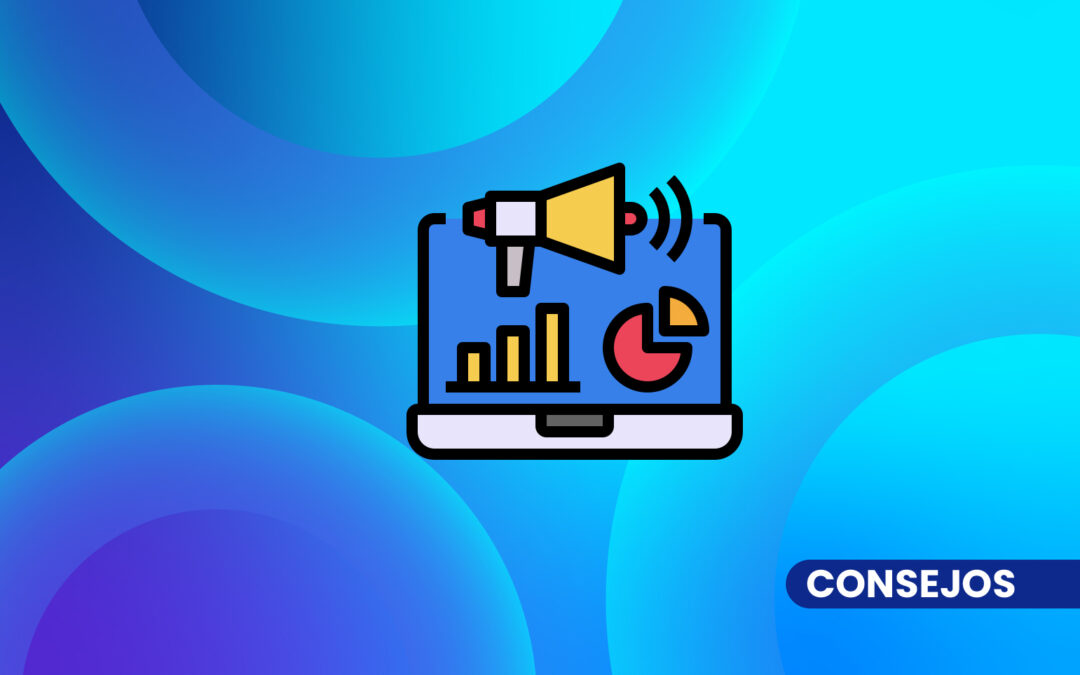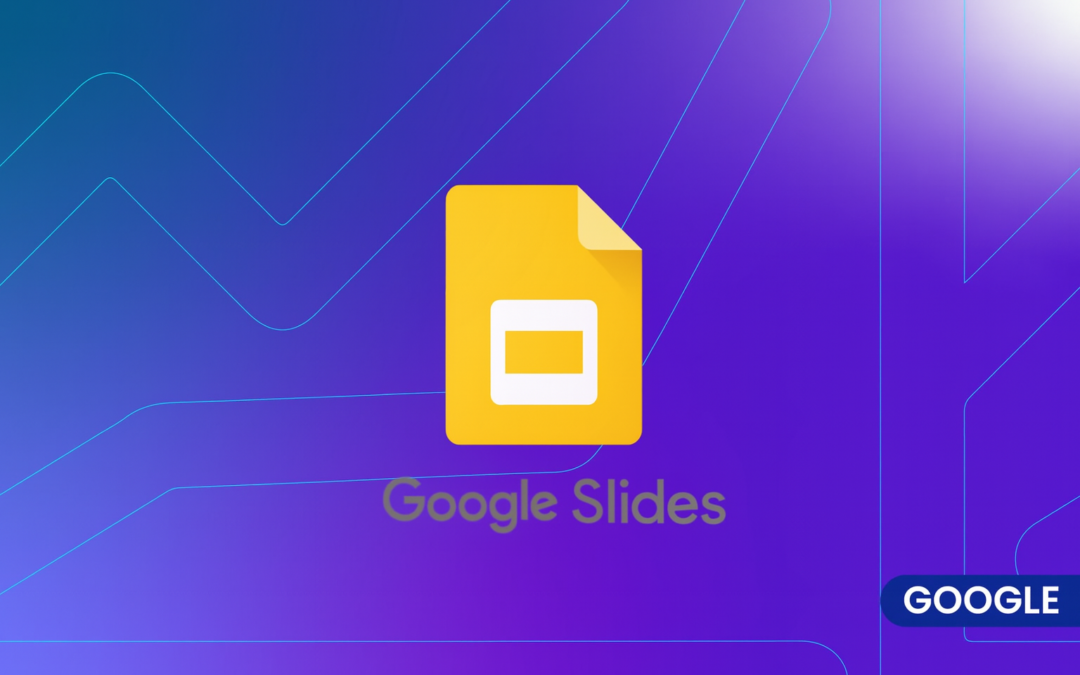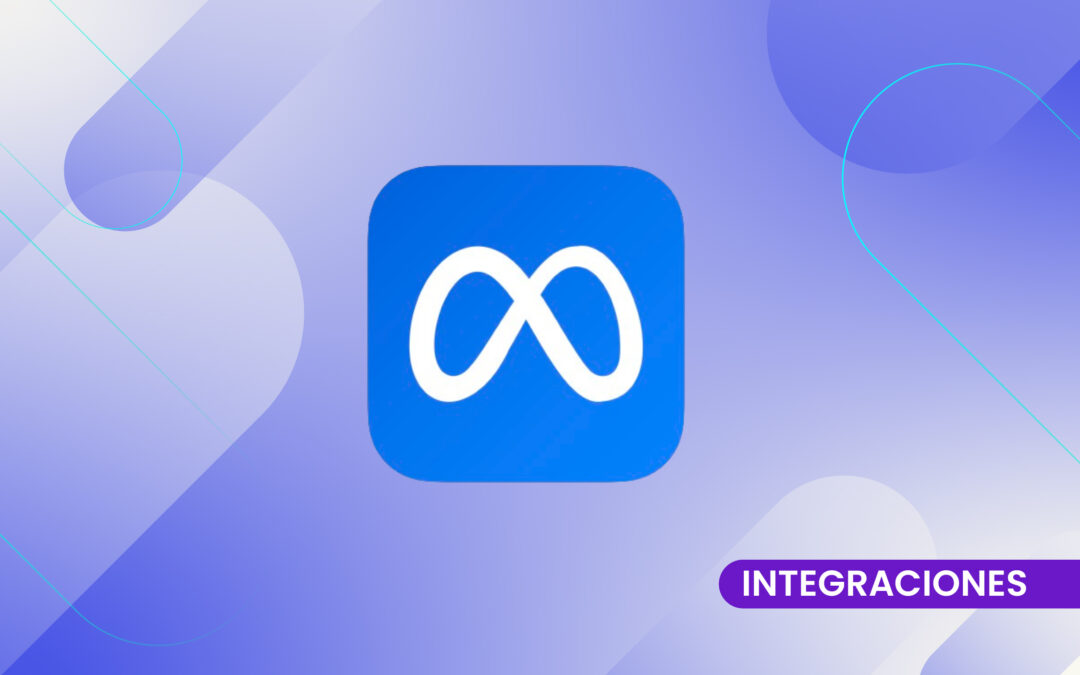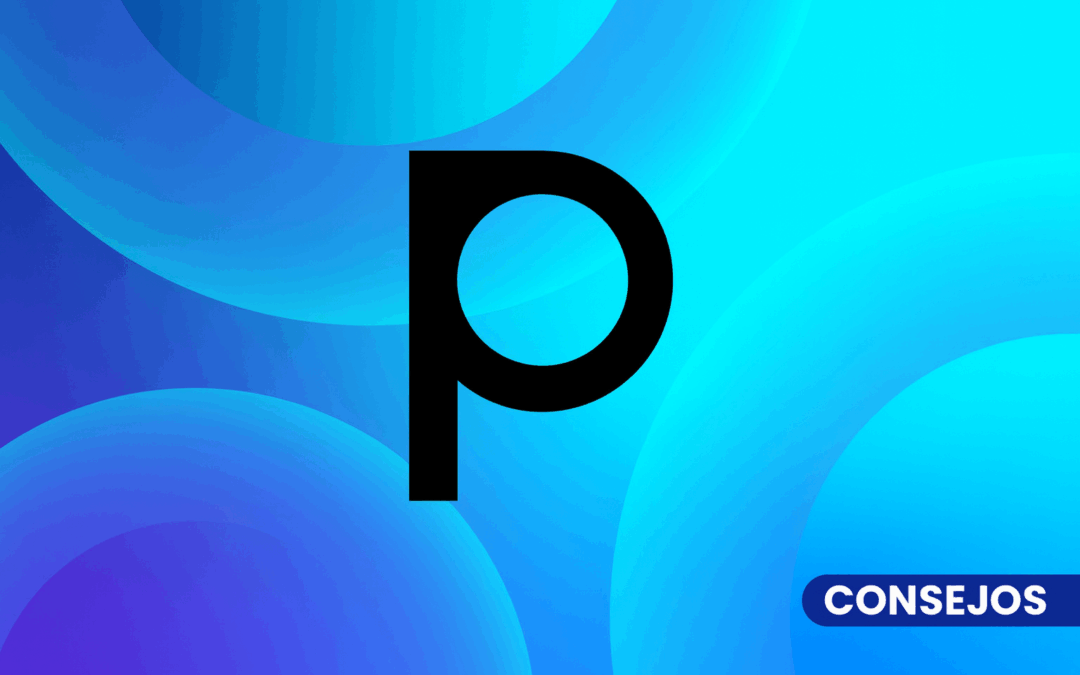Instagram is one of the most powerful platforms for generating digital marketing impact, but analyzing your data efficiently can be a challenge if you use multiple tools. Connecting Instagram to Looker Studio (formerly Google Data Studio) allows you to centralize organic and paid metrics, create custom dashboards and get a clearer view of your strategy's performance.
Why connect instagram to Looker Studio?
Although Instagram offers its own analytics tools, they don't always allow you to combine data with other platforms like Google Ads or your CRM. Looker Studio makes it easy to create dynamic reports that integrate information from multiple sources, helping you make more strategic, data-driven decisions.
A dashboard in Looker Studio will allow you to monitor the impact of your publications, identify key trends and compare the performance of organic and paid campaigns in one place.
Steps to connect instagram to looker studio
- choose a third-party connector
Looker Studio does not have a native integration for Instagram, so you need an external connector. Some popular options are Supermetrics, Funnel.io or Windsor.ai, which allow you to integrate both organic and ad campaign data in Meta. - authorize your instagram and meta accounts
- In the selected connector, connect your Instagram or Meta Ads account. This will require you to have administrator permissions on the account you wish to analyze.
- Make sure the Instagram account is linked to a Meta Business Manager, as many connectors require this integration to access data.
- configure metrics and dimensions
Choose the metrics you want to import into Looker Studio. For organic metrics, you can include impressions, reach, engagement and follower growth. For paid metrics, select data such as CPC, CTR, conversions and ROAS. - integrates the connector with looker studio
- Go to Looker Studio and select "Create" > "Data source".
- Find the connector you configured and connect it to your account.
- Adjust the parameters to ensure that the correct metrics and dimensions are imported.
- create your personalized dashboard
- Design graphs, charts and trends to visualize Instagram data.
- Customize the dashboard with colors and labels that represent your objectives.
- Set up dynamic filters to analyze performance by dates, campaigns or specific publications.
Key metrics to include in the dashboard
organic metrics
- Reach: measure how many unique people see your posts or stories.
- Engagement: includes likes, comments, saves and shares to evaluate interaction.
- Follower growth: monitor changes in your follower base over time.
- Impressions: analyze how many times your content was shown, including repeat views.
paid campaign metrics
- Cost per click (CPC): evaluates how much you are paying for each interaction on your ad.
- Conversions: measure the actions that resulted from your ads, such as purchases or registrations.
- Click-through rate (CTR): measures the ratio of clicks to impressions.
- Paid reach: identifies how many unique people saw your ads.
Tips to maximize integration
- combine organic and paid data: unify both metrics to understand how your strategies interact and which one generates more impact.
- set up alerts and automatic updates: keep your dashboard updated in real time so you always have fresh data.
- highlight the most relevant metrics: prioritize the metrics that are aligned with your campaign objectives, such as conversions or engagement.
Connecting Instagram to Looker Studio is a powerful way to optimize your data analysis and make decisions based on clear and unified information. By integrating organic and paid metrics into a dynamic dashboard, you can identify opportunities for improvement, optimize your campaigns and maximize the impact of your marketing strategy on this platform.





